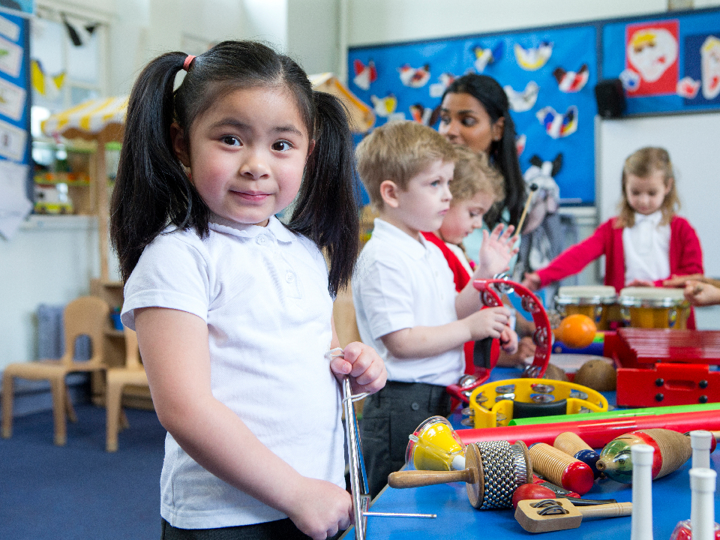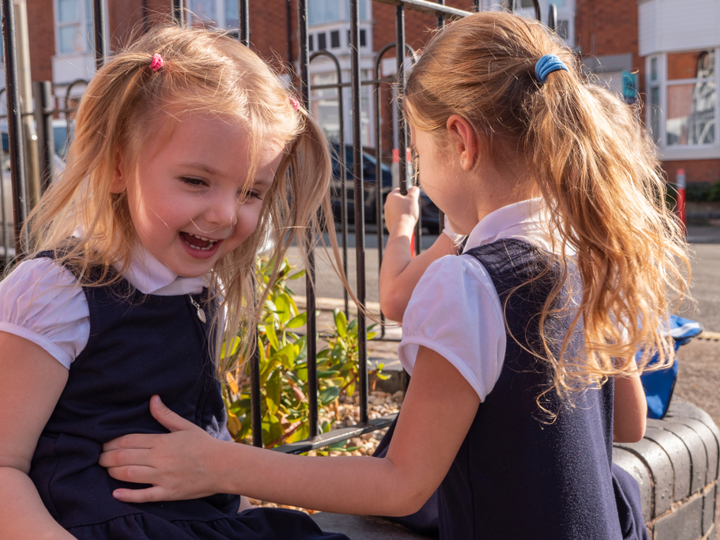Sensory differences training for schools
- Professionals and Clinicians

This page has a series of online learning sessions that have been specifically created to enable your educational setting to:
- understand sensory differences in the context of everyday activities
- learn strategies to support sensory differences in line with the strongest evidence base
Introduction and learning aims
- Understand sensory differences in the context of everyday activities.
- Understand why sensory processing is one part of the puzzle.
- Learn strategies to support sensory differences in line with the strongest evidence base.
Sensory system explained
All of us process sensory information from the environment differently. Some children may have more sensitive sensory systems. The 5 senses that carry information from the world outside include sight, hear, tough, taste and smell.
How to adapt and modify to best meet need
Each child or young person has their own thresholds to the different sensory systems. There are 2 stages to processing sensory information. The first stage is registration and the second stage is modulation.
Sensory differences and preferences
Take a moment to think about yourself and a close friend or someone you live with. Does one of you prefer working with background noise, whilst the other prefers it quiet? Does one of you prefer the heat, and one of you the cold? This should show we are all different.
Senses and emotion
Sensory information comes in through lots of sources and flows through your body. Certain sensory experiences can help you to feel relaxed and calm. But, if you perceive a threat your nervous system will go into flight, fright or freeze. When this happens you'll be unable to listen and instead be trying to find the best way to get away from, hide or remove ourselves from the threat.
Children with additional needs
Children with additional needs may have physical, learning and sensory differences as part of their profile. We can't change the way a child registers sensory information, but we can support them to develop strategies, adapt the task or environment in order to support their needs.
Self regulation
Self regulation is the ability to modify and adjust our environment so we can participate and function. A thinking tool can be used to help children to be in the right zone for them to access learning.
Last reviewed: 27 September, 2024

